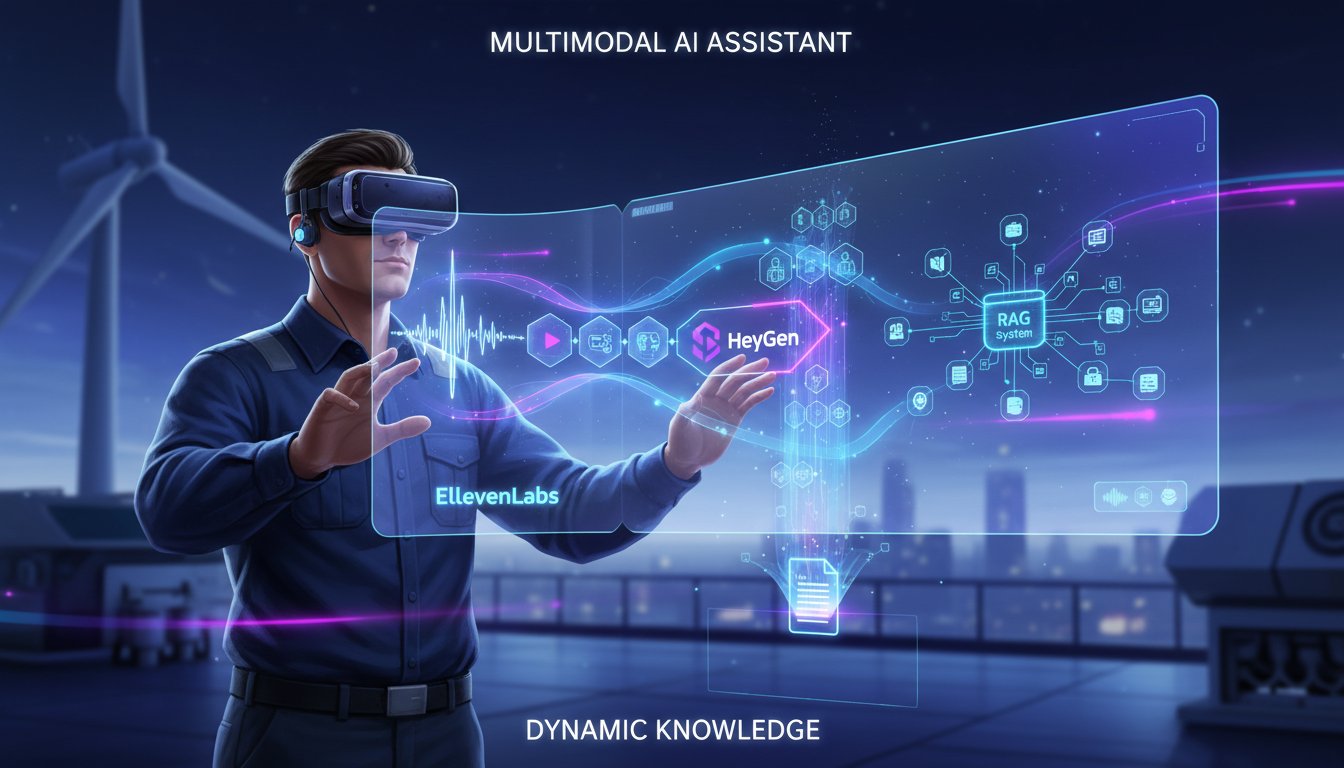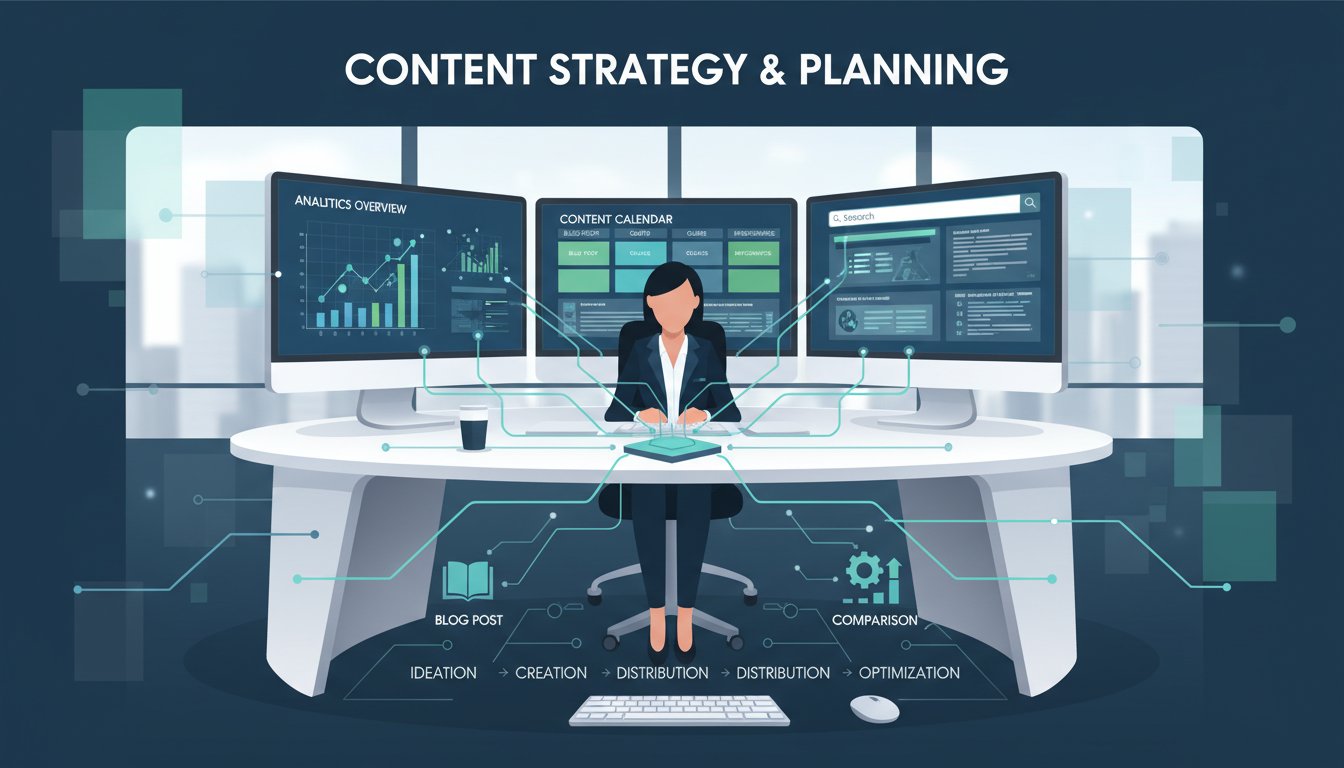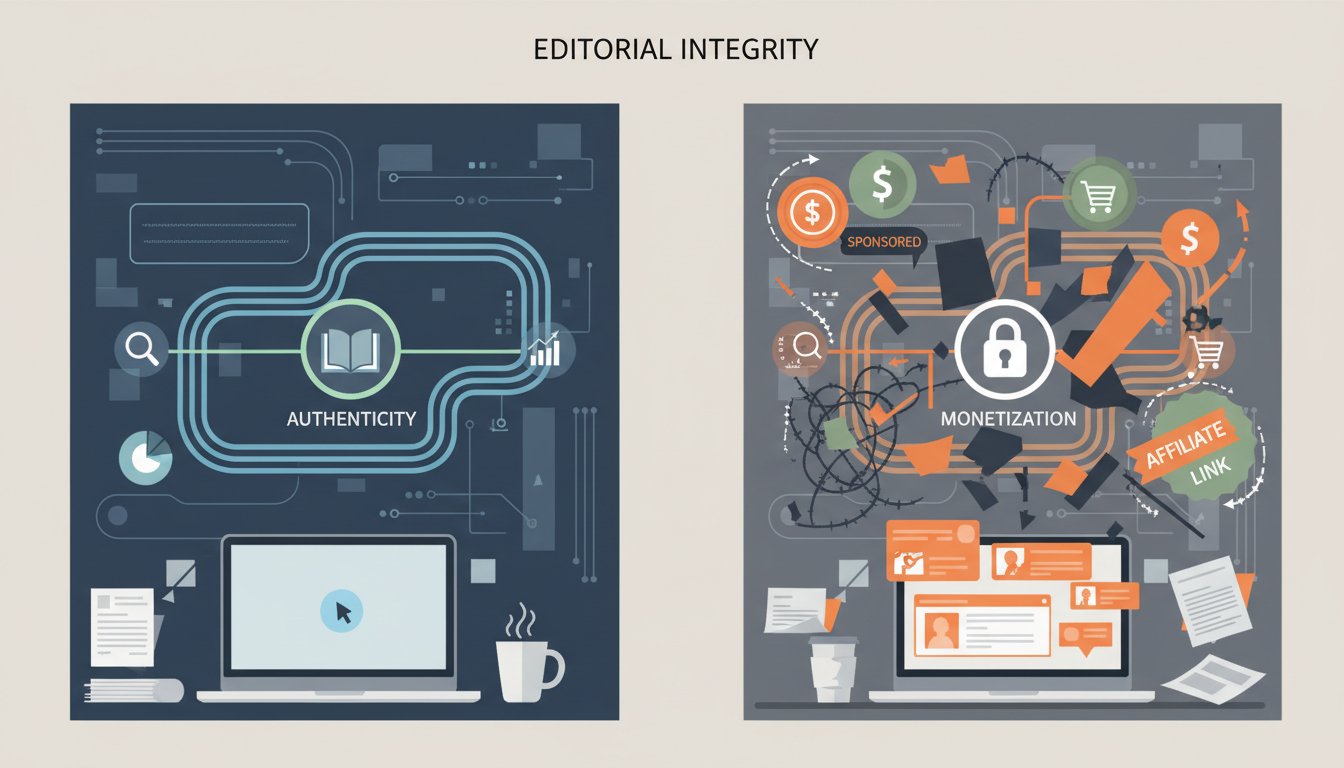Introduction: The Agentic RAG Revolution Begins
Imagine this: you’re an engineer tasked with helping your company unlock the true value of its data. You’ve heard about Retrieval Augmented Generation (RAG), but when you try to deploy a basic setup, it barely scratches the surface of what’s possible—and the context-aware magic you expect just isn’t there. Sound familiar?
The challenge is real. Most RAG systems start simple: a retrieval model surfaces documents, a language model summarizes or answers questions, and that’s it. But enterprises (and ambitious engineers) need more—something that’s not just reactive but actually intelligent. That’s where agentic RAG comes in: RAG pipelines transformed with agent-driven intelligence, integrating feedback, optimization, and dynamic workflow management. The good news? You can build this from scratch.
In this post, we’ll break down exactly how to move from basic RAG to an adaptive, agent-driven pipeline. You’ll get practical code insights, best practices from industry leaders, and proof points from the latest advancements. Ready to build RAG that goes beyond? Let’s dig in.
1. What Is Agentic RAG—and Why Does It Matter?
RAG Basics, Evolved
Traditional RAG systems combine two AI superpowers: information retrieval (to fetch relevant data) and large language models (to generate context-rich answers). While effective, “vanilla” RAGs are often stateless and rigid.
Agentic RAG introduces an agent layer that actively manages tasks, adapts to feedback, and orchestrates retrieval/generation steps dynamically. This allows systems to:
- Learn from interactions
- Refine retrieval queries on the fly
- Automatically escalate or break down tasks
Example: If a user’s question is ambiguous, an agentic RAG can ask clarification questions or rephrase queries, just like a human expert.
Industry Trend: From Pipelines to Agents
A recent practical guide on Medium highlights how enterprises are shifting to agentic designs for better accuracy, faster problem-solving, and improved data security—all musts for real-world deployment.
Expert Insight: Dana Prata writes, “Agents are rapidly becoming the secret sauce for scalable, context-sensitive AI in the enterprise.”
2. Laying the Foundation: Core Components of Your RAG Pipeline
a) Data Preparation & Chunking
Start with clean, well-chunked data (documents, PDFs, support tickets, codebases). Tools like Haystack and LangChain help preprocess and vectorize diverse data sources.
Tip: Use semantic chunking, not just fixed-length splits. Cohesive chunks lead to better retrieval.
b) Vector Store Selection
Pick robust vector databases—Pinecone, Weaviate, or Chroma—that scale with your enterprise’s needs. Look for features like:
- Fast similarity search
- Access controls/security
- Real-time updates
Proof Point: K2View’s platform emphasizes seamless updates and strict access controls for sensitive enterprise data (source).
c) Retrieval Model Choices
Dense retrievers (e.g., OpenAI’s embedding models, Cohere) typically outperform basics like BM25. For agentic workflows, select tools that support retriever fine-tuning and plug-in support.
3. Adding Intelligence: Designing the Agent Layer
a) Orchestration with Agent Frameworks
Popular Python libraries for agent-based RAG:
- LangChain Agents: Chain multiple tools (retrievers, APIs) and use LLM-driven reasoning.
- Haystack Agents: Modular pipeline orchestration for flexible, step-wise processes.
Example: An agent receives a user query, decomposes it into subtasks, retrieves evidence, and re-assembles a multi-part answer.
b) Adaptive Feedback Loops
Best-in-class agentic RAG pipelines learn over time. Examples:
- Use user ratings to refine retrieval/ranking strategies
- Auto-log failed queries for retraining
- Conversational loops for clarifying ambiguous inputs
Recent breakthroughs (Vertex AI RAG Engine) show how feedback integration drastically reduces repeated errors and boosts user satisfaction.
c) Workflow Example: Putting It Together
1. User question enters system
2. Agent identifies sub-questions, assigns retrieval priorities
3. Agent retrieves, adapts queries for missing context
4. Generates answer, optionally seeks clarification
4. Implementation: Step-by-Step Guide
Step 1: Build a Minimal RAG Pipeline
- Set up vector store
- Index your document embeddings
- Build basic retrieval + generation (one-hop)
Step 2: Add the Agent Layer
- Use LangChain or Haystack to wrap retrieval/generation in agent logic
- Program decision points: How does the agent know to rephrase, escalate, or clarify?
Step 3: Integrate Feedback/Optimization
- Log user feedback into retriever updates
- Use evaluation metrics (precision, recall, satisfaction) to iterate
Reference Code: See Medium’s code walkthrough for a FastAPI backend example.
5. Pitfalls & Success Tips
Common Mistakes
- Skipping semantic chunking: Reduces retrieval context
- Using outdated vector stores: Hurts scale and speed
- No feedback loop: Model quality stalls
Strategies for Success
- Pilot your agentic workflow on a narrow, real-world use case.
- Proactively solicit feedback (user ratings, qualitative comments).
- Invest in robust monitoring and logging—trace every decision the agent makes.
Case Study: Google Vertex AI RAG deployments cut time-to-market by 50% and improved answer quality with multi-agent orchestration (see success stories).
Conclusion: Level Up Your Enterprise RAG
We’ve demystified the journey from a basic RAG pipeline to an intelligent, agentic system designed for real-world challenges. Agentic RAG isn’t just for the hype cycle—it’s the practical next step for organizations unlocking their data’s full potential.
Ready to build smarter, learn from your users, and deliver more value? The future of enterprise AI is agent-driven—don’t let your pipeline fall behind. And remember: every intelligent workflow starts with a bold engineer willing to push the limits. That’s you




